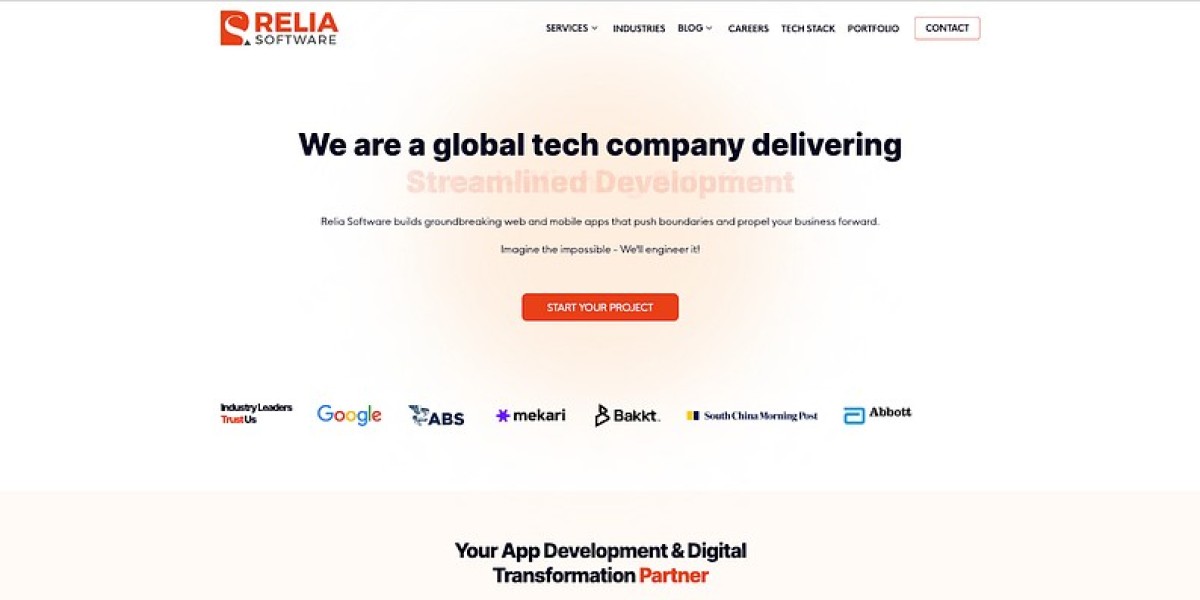Originally published by Quantzig: Pros and Cons of Predictive Analytics in Healthcare | Quantzig
Advanced Technologies in Healthcare: Balancing Benefits and Risks
As healthcare rapidly integrates advanced technologies such as predictive analytics and AI, it's essential for healthcare organizations, agencies, and primary care providers to be aware of the benefits and potential challenges that come with these innovations.
The Role of Predictive Analytics in Healthcare
To fully grasp the impact of predictive analytics, it's important to recognize its wide-ranging applications in healthcare. Predictive analytics is key to enhancing operational efficiency, streamlining business processes, personalizing treatments, and advancing drug therapies for better diagnostic accuracy. Additionally, it aids in cohort research and epidemiology by assessing public health risks and identifying patterns.
Implementing Predictive Analytics in Healthcare
Successfully deploying predictive analytics requires comprehensive knowledge and strategy. Speak with our experts to gain in-depth insights on best practices for implementing these tools in healthcare decision-making.
Predictive Analytics in Healthcare: Key Benefits
Enhancing Operational Efficiency Predictive analytics is crucial for optimizing healthcare operations. By analyzing patient data, healthcare providers can make better decisions on patient admission and discharge, forecast readmission rates, and allocate resources more efficiently. Real-time data analysis goes beyond traditional big data approaches, offering timely insights that enhance service quality and patient care.
Personalizing Diagnosis and Treatment On a more individualized level, predictive analytics enables precision medicine and tailored drug therapies. It leverages data to provide insights that guide more accurate diagnoses and customized treatment plans. This technology also supports the discovery of cures for emerging diseases, helping healthcare providers adapt to new medical challenges. Advanced predictive models can even forecast individual mortality risks, further improving diagnostic precision.
Improving Cohort Treatment and Public Health The digitization of healthcare and growing performance reporting requirements have provided access to extensive patient data. Predictive analytics extends its capabilities to large population studies, using vast datasets that include geographic, demographic, and medical information. These insights help healthcare organizations detect health trends and implement proactive interventions, potentially reducing future financial strain on the public health system.
Example of Predictive Analytics in Action
Predictive analytics can be applied to reduce hospital readmission rates. By analyzing historical patient data, such as medical history, demographics, and previous hospital visits, predictive models can identify patients at higher risk of readmission. This allows healthcare providers to implement targeted preventive measures and improve patient outcomes.
Risks of Predictive Analytics in Healthcare
While predictive analytics holds significant promise, it also comes with certain risks and challenges:
Technological Advances and Decision-Making New technologies have changed how healthcare data is managed and decisions are made. Although predictive analytics provides numerous benefits, some aspects of healthcare still depend on traditional methods. Integrating this technology can be challenging, as it requires striking a balance between embracing innovation and maintaining established practices.
Ethical Concerns and Human Oversight While machine-generated predictions often outperform human judgment, ethical concerns arise when decisions are left solely to algorithms. Human involvement is necessary for complex decisions, particularly in healthcare, where ethical considerations are critical. Establishing appropriate intervention points where human oversight is prioritized over automated outcomes can ensure responsible use of predictive analytics.
Algorithm Bias and Regulatory Gaps Predictive analytics relies on algorithms that are subject to human influence, which can introduce bias. Additionally, these models require extensive data to represent patient populations accurately, but incomplete datasets can lead to skewed predictions. Addressing these challenges demands stronger regulatory frameworks and continuous monitoring of algorithms for bias.
Ethical Considerations in Predictive Analytics
Transparency and Explainability Developing predictive models with transparency ensures that healthcare providers and patients understand the decision-making processes involved. This builds trust in the technology and promotes ethical practices.
Data Privacy and Security With healthcare data being highly sensitive, robust security measures and regulations are essential to protect patient information from misuse.
Human Oversight Ensuring that predictive analytics does not replace critical human judgment is vital. Strategic intervention points where human input is essential can prevent ethical dilemmas.
Bias Mitigation Regular audits, diverse datasets, and algorithm updates can help minimize biases in predictive models.
Conclusion
Predictive analytics offers tremendous opportunities to improve patient care, streamline operations, and enhance healthcare outcomes. However, recognizing the associated risks—ranging from ethical concerns to algorithm bias—is crucial for maximizing its benefits. A comprehensive approach that balances technological innovation with ethical standards will allow predictive analytics to become a powerful ally in healthcare. As this field evolves, maintaining transparency, refining algorithms, and ensuring robust oversight will be key to realizing its full potential.


